Looking for a few low-maintenance, drought resistant perennials to add big interest and color to your landscape – all without the worry of having to constantly water?
One of the most difficult and time consuming chores for a gardener to perform is having to continually water their plants. Especially if that water is difficult to come by, or even restricted as it is in many drought plagued parts of the country and world.
But that is exactly where planting smart from the start with drought resistant perennials can be a huge help. Drought resistant plants require far less water to survive and thrive. So much so that watering is rarely if ever needed. And can these plants ever be beautiful!
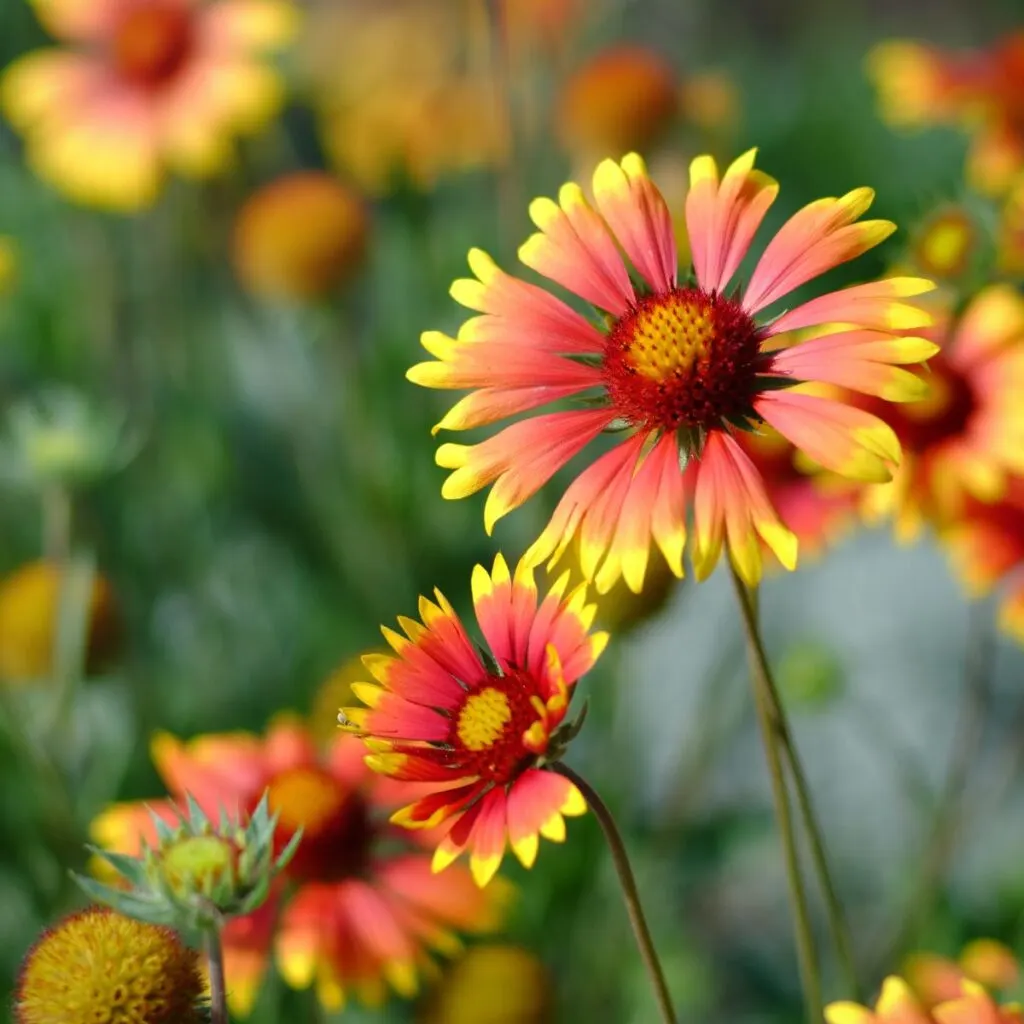
Just because drought resistant plants require less moisture to survive, it doesn’t mean they can’t still add intense beauty and color to your landscape. Not only that, with their vibrant colors, they can also be magnets for pollinators like butterflies and bees, bringing even more benefits to your garden and flowerbeds.
With that in mind, today’s article features 6 incredible perennials that can survive with little water – but still bring amazing pizazz to your landscape!
6 Great Drought Resistant Perennials You Won’t Have To Water
Blanket Flower
Blanket flower (pictured at the beginning of the article) may be one of the best examples around of a drought resistant plant with BIG color. The incredibly rich red, orange and yellow blooms create a colorful plant that attract pollinators, hummingbirds and more.
Even better, unlike many other perennials that bloom for only a single period, Blanket Flower can continue to re-bloom again and again throughout a growing season. All without the need of watering!
Check out our podcast on drought resistant perennials below!
Blanket flower thrives in full sun. Once established the plant can go long periods without water and still continue blooming. It can be planted from transplants or can be divided in the spring or fall to create multiple new plants from an existing one.
To get the most blooms possible, deadhead spent blooms on a regular basis. This will allow the plant to concentrate all of its energy on reblooming all summer long.
Coneflower
Coneflowers are named for their distinct shape, as the center of the flower is surrounded by purple petals grow in a slightly downward angle from the seed head. They are not only easy to maintain but easy to start and grow – all without the need for constant watering.
As an added benefit, Coneflowers can also thrive in different types of soil, making these a popular no-fuss perennial to grow in almost any location. Even better, they have a slightly longer seasonal life span which extends into the colder months.
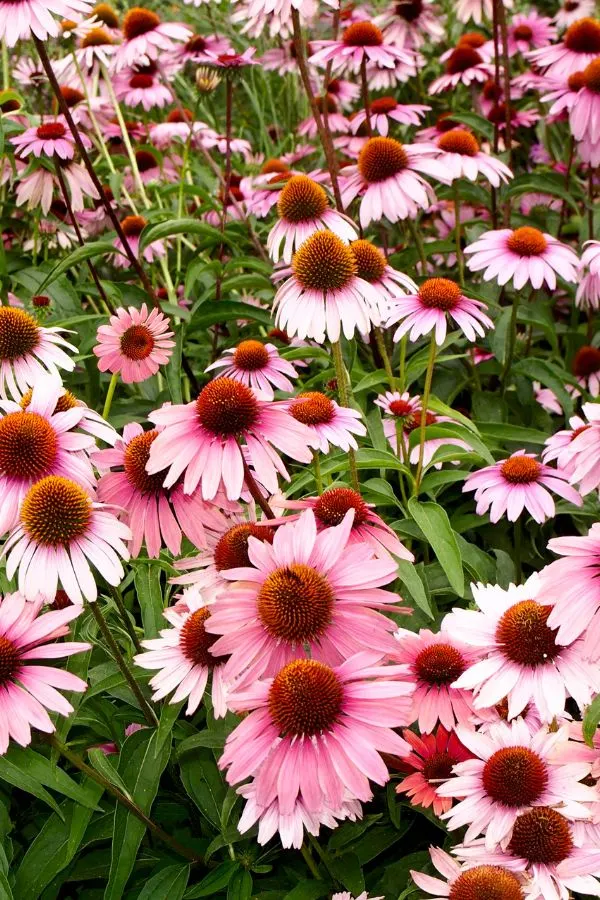
While the flowers linger late in the season, Coneflowers help to provide a source of food for birds even as temperatures begin to drop. Coneflower can be planted from seed, but is easier to establish by planting transplants or dividing existing plants.
Black-Eyed Susan: 6 Drought Resistant Perennials You Won’t Have to Water
Native to North America, Black-Eyed Susan is a wildflower that is able to sustain itself in dry climates with ease. The perennial was primarily popular in more open prairies and woodlands, which helps it adapt and sustain to lower water levels and stay unaffected in dryer climates.
The plant performs incredibly well in full sun, making it ideal for planting in wide open spaces or flowerbeds. And since it rarely if ever requires water, you can grow it almost anywhere! It can grow easily from transplants and divisions.
Black-eyed Susan’s have rich golden petals with a dark center. The flowers bright colors and big seed core attracts a wide array of pollinators, most notably of which are butterflies. See: How To Attract Butterflies To Your Landscape.
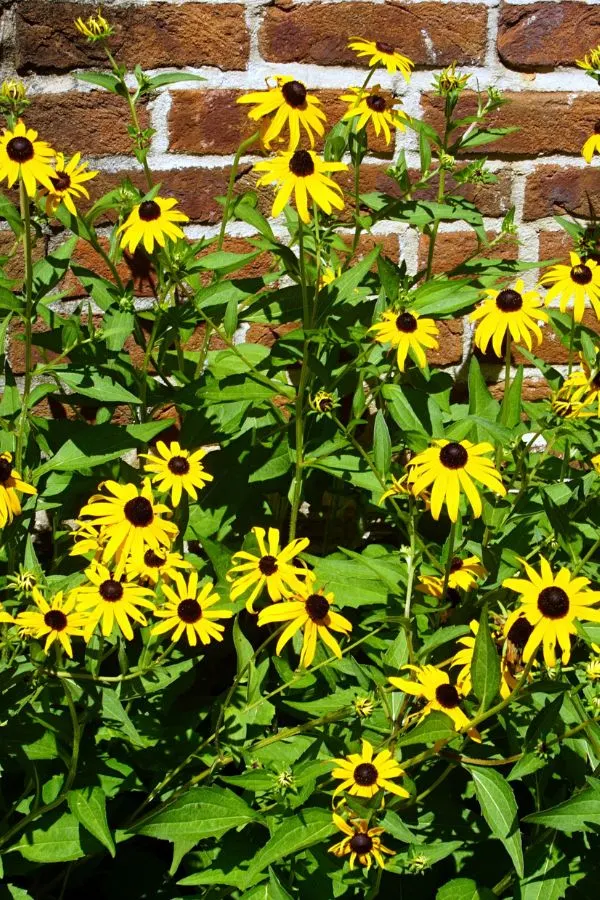
Feather Reed Grass
Feather Reed Grass is one of the lowest maintenance perennial plants of all. The tall, soft, neutral colored grass creates a modern, minimal look while adding a simple element of warmth to flowerbeds. Feather reeds more upright growth keeps beds neat and tidy. Even better, it grows slowly and can go many years without the need for dividing.
Feather reed grass is best grown from transplants or by division. It can grow from seed, but the process in not only long but can be difficult.
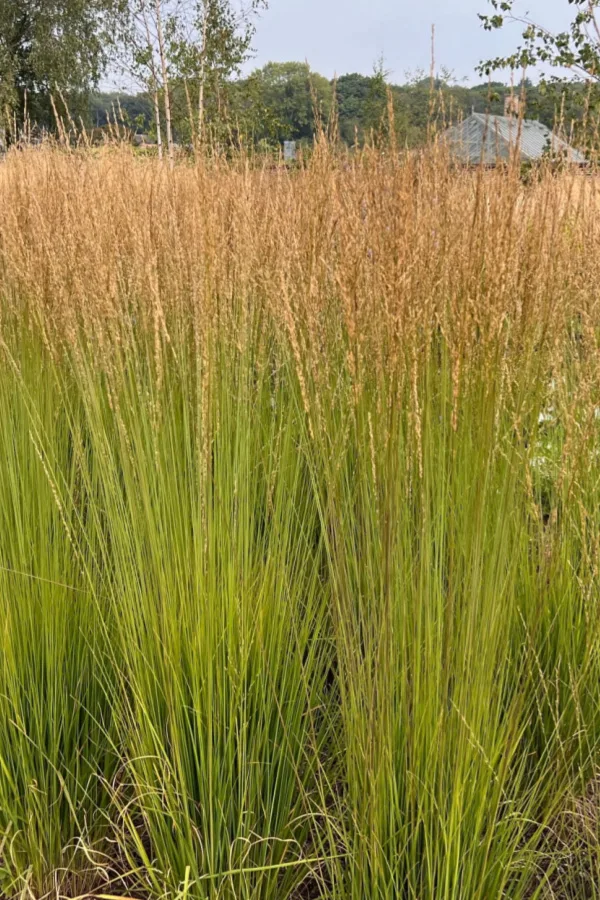
One thing is for sure, this hardy perennial is seriously drought tolerant! It can go for long periods without water while still looking fresh and lively. It pairs well with flower producing perennials and annuals and adds pure elegance to the landscape.
The fact that there is little to no upkeep required is simply an added bonus to using Feather Reed Grass. Product Affiliate Link : ‘Karl Foerster’ (Feather Reed) Ornamental Grass
Shasta Daisies: 6 Drought Resistant Perennials
Another excellent drought resistant perennial is the Shasta Daisy. This perennial features a beautiful yellow center with small, delicate white petals. Whether in a flower bed or alongside your windows, the vivid contrast of colors seem to grab your attention wherever they may grow.
Shasta Daisies are technically a hybrid plant. They come from a mix of several breeds of daisies, making them resilient to the elements, including the need for little water to bloom and thrive. This resilience also makes them easy to grow with minimal care.
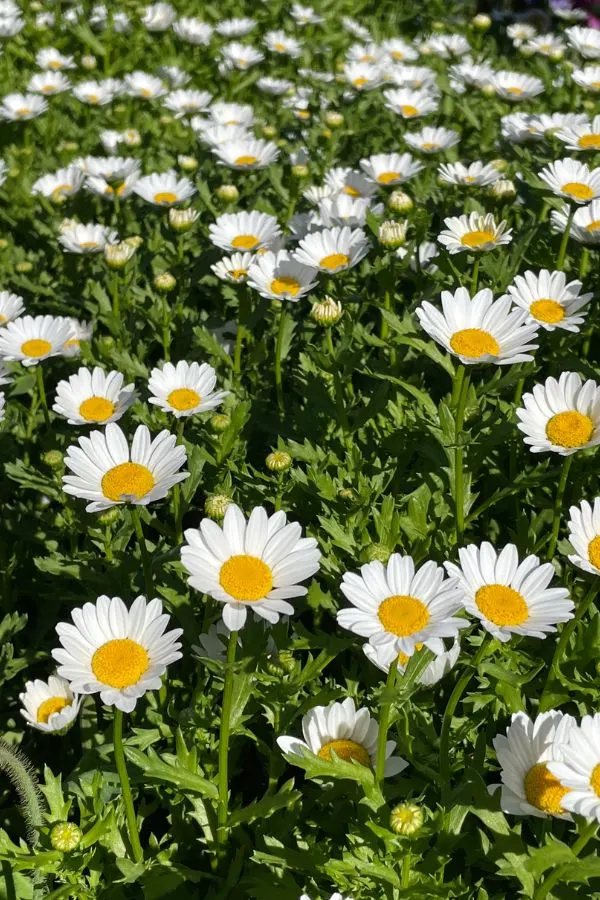
In late spring, the daisies start blooming and can last throughout the summer months. And all of that gorgeous growth occurs with little to no effort. The easiest way to plant Shasta daises is from transplants or by dividing existing plants in the spring or fall.
Liriope – 6 Drought Resistant Perennials
With its long grass-like leaves and a small curved flower liriope can handle hot, dry summer without worry – and look great doing it!
Also known as Lilyturf, this popular ornamental perennial has varieties that grow in various shades of violet, pink and white. They have the power to stick around through the entire year, making it a favorite for gardeners looking for fuss-free landscapes.
Liriope makes for a gorgeous low-maintenance border plant. With varieties that can grow from 6 to 18 inches in height, the plant is perfect for edging all kinds of sidewalks, driveways and flowerbeds.
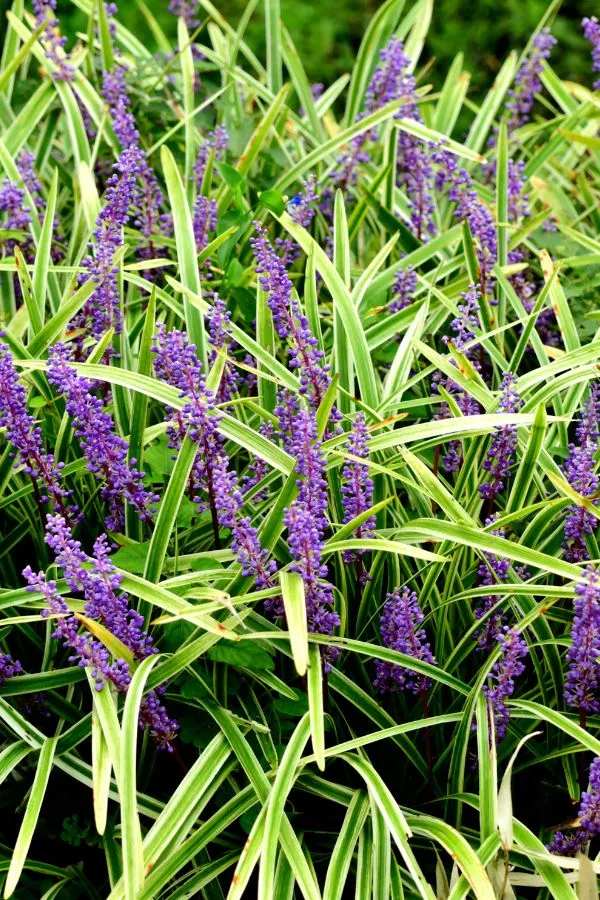
Liriope can grow from seed, transplants or by division. Seeds can take a long time to develop and can be finicky. Because of that, most gardeners opt to plant with transplants or by dividing existing plants. The easy care perennial is extremely hardy and handles dividing at nearly any point of the growing season with ease.
Enjoying Drought Resistant Perennials
Drought-resistant perennials are a great way to keep your garden bright and vibrant, even while experiencing a dry, arid climate. Not only do they make a beautiful addition to your home, they are a great choice for those who simply don’t have the time or ability to water.
Here’s to watering less, and still enjoying amazing beauty and color by planting drought resistant plants!
Follow Our Facebook Page For Even More Great Tips! Simple Garden Life Facebook Page
Simple Garden Life is a website dedicated to keeping gardening fun, simple and enjoyable! We publish two new articles each week along with a new garden podcast episode every two weeks. This article may contain affiliate links.
